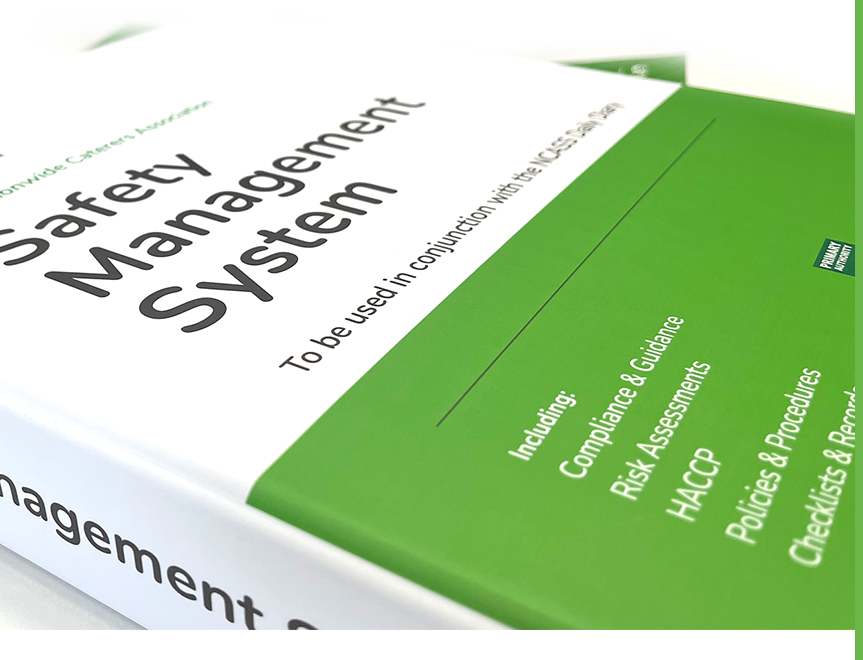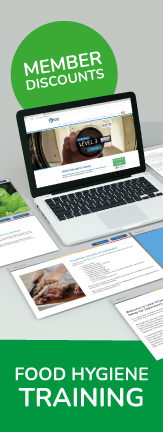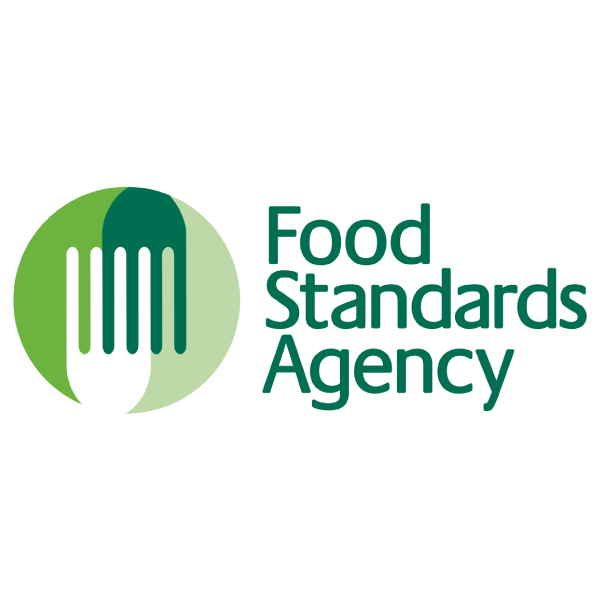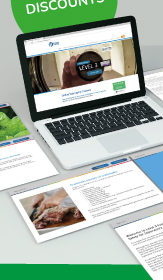The Food Allergen Labelling and Information Technical Guidance has been updated following consultation.
Key changes include new best practice on the application of Precautionary Allergen Labels (PALs) to prepacked foods, including:
• only apply a PAL if an unavoidable risk of allergen cross-contamination has been identified which cannot be sufficiently controlled;
• specify which of the 14 regulated allergens a PAL refers to, and where the allergen is a group of foods, in addition, list the specific food(s) within that food group that have been identified as posing a risk (e.g., not suitable for consumers with nut (hazelnut) allergy).
• a free-from statement cannot be used in combination with a PAL for the same allergen;
• how and why a vegan claim can be used in combination with a PAL.
• A Precautionary Allergen Label (PAL) is a statement that food businesses can choose to apply to food products where there is an unavoidable risk of allergen cross-contamination. It is commonly seen as “may contain allergen x” or “not suitable for someone with x allergy” on food products.
There is also a new best practice standard on No Gluten Containing Ingredients (NGCI) Statements for non-prepacked foods. The FSA advise that they should not be used, because they provide a false sense of security to people with coeliac disease. However, if food businesses continue to use them, they should emphasise that the foods the statement refers to are not suitable for people with coeliac disease.
A Precautionary Allergen Label (PAL) is a statement that food businesses can choose to apply to food products where there is an unavoidable risk of allergen cross-contamination. It is commonly seen as “may contain allergen x” or “not suitable for someone with x allergy” on food products.
A Precautionary Allergen Labelling statement or information [such as ‘may contain’] should only be provided with prepacked or non-prepacked foods if:
• an unavoidable risk of allergen cross contamination is present
• has been identified following a risk assessment
• it cannot be sufficiently controlled through controls, such as segregation and cleaning.
Its use is not a substitute for good food hygiene and safety practices, and it could be considered misleading food information if it does not convey a real risk to the consumer. A checklist to understand when and how to apply precautionary allergen labelling to food product is provided in this FSA guidance.
For more relevant industry news and updates, click here.





 Featured Training
Featured Training
OUR MEMBERSHIP
We're here to help make your catering business a success. Whether that be starting up or getting on top of your compliance and marketing. We're here to help you succeed.
Want our latest content?
Subscribe to our mailing list and get weekly insights, resources and articles for free
Get the emails